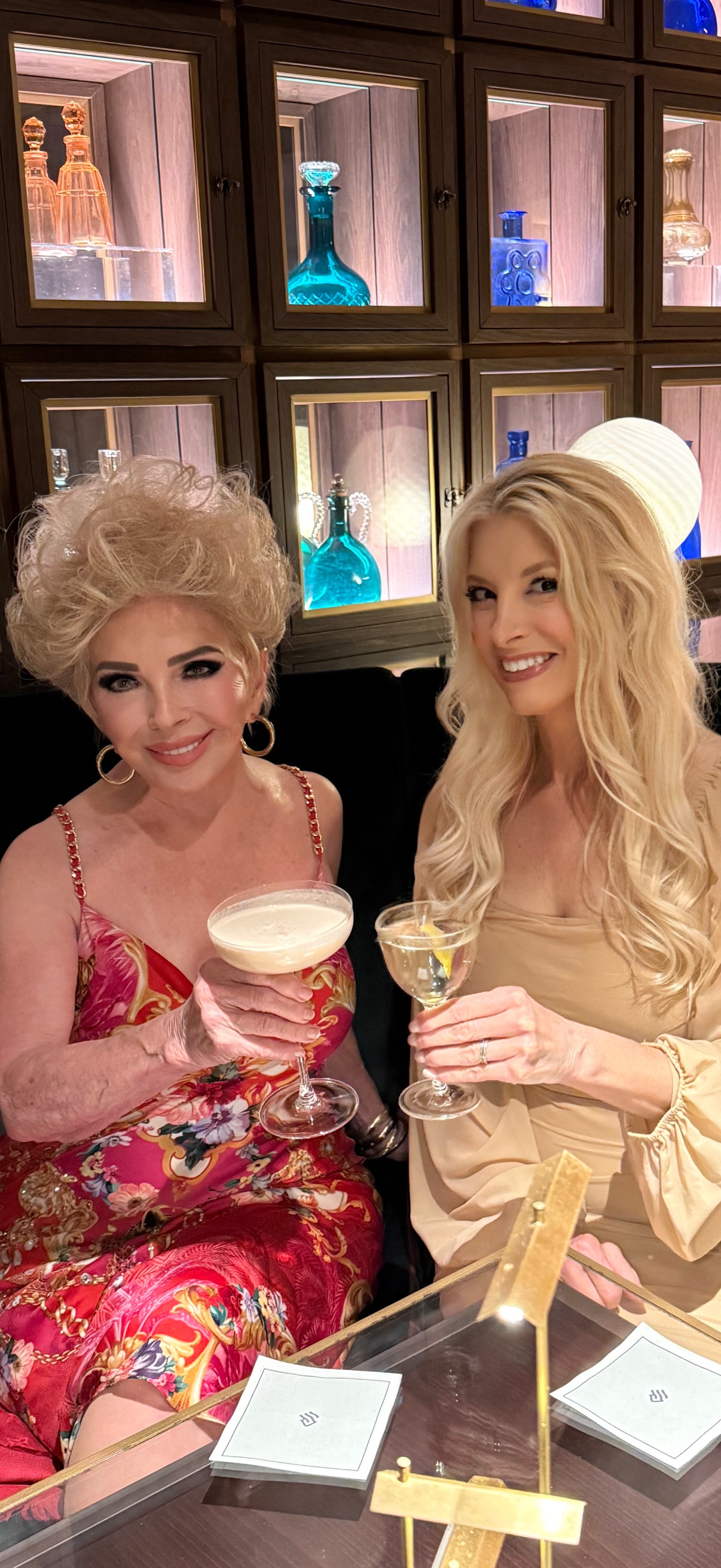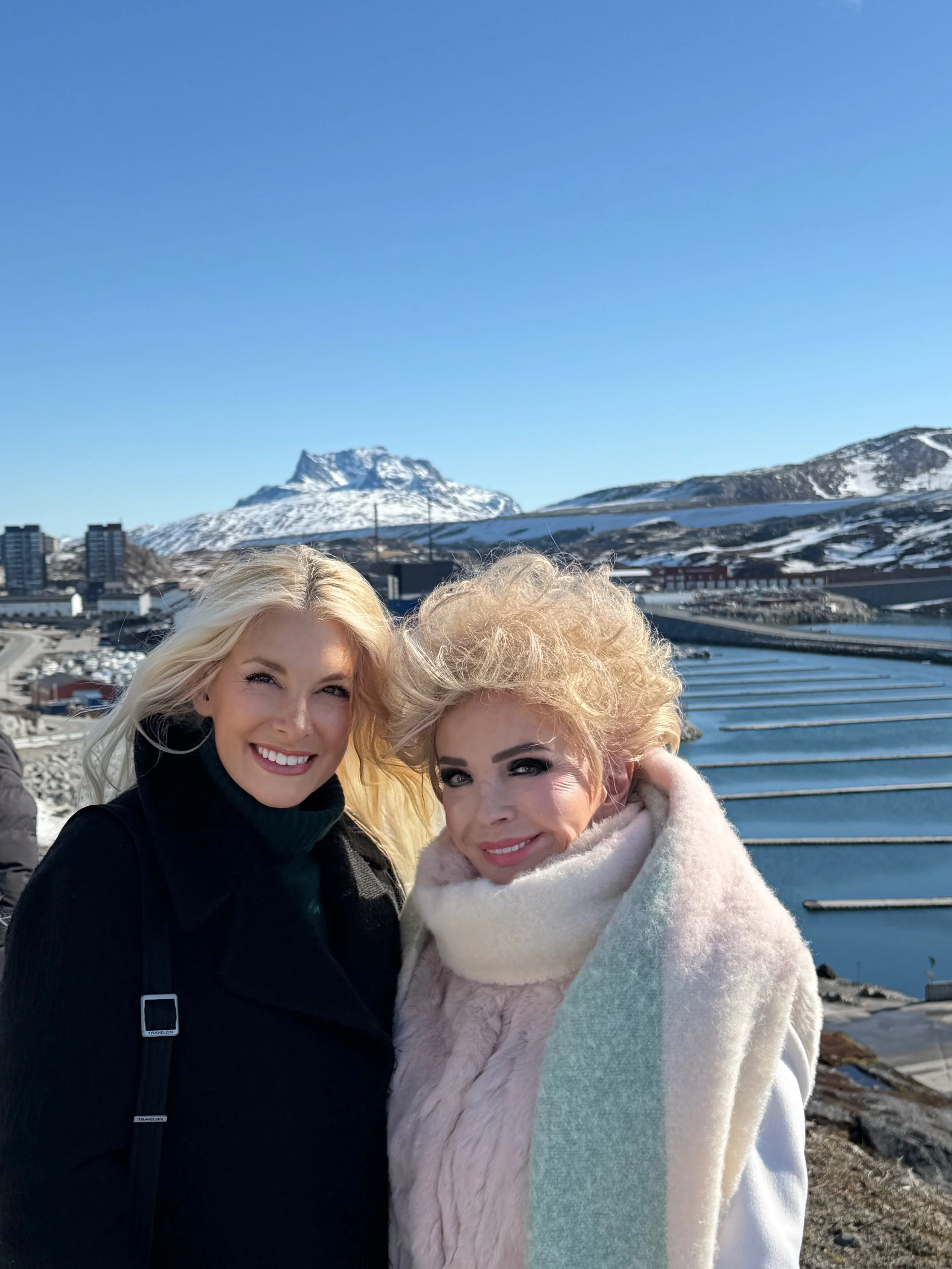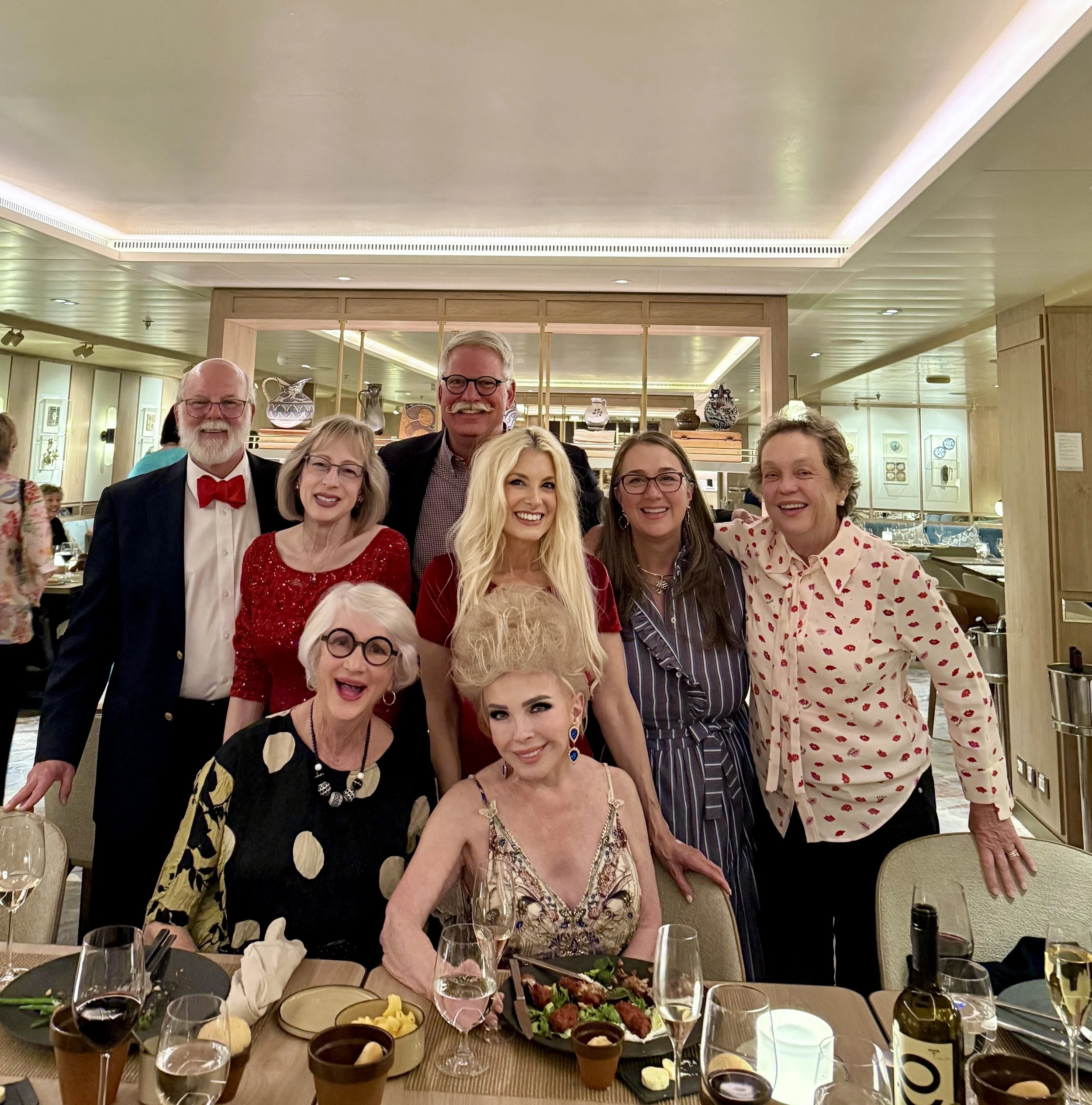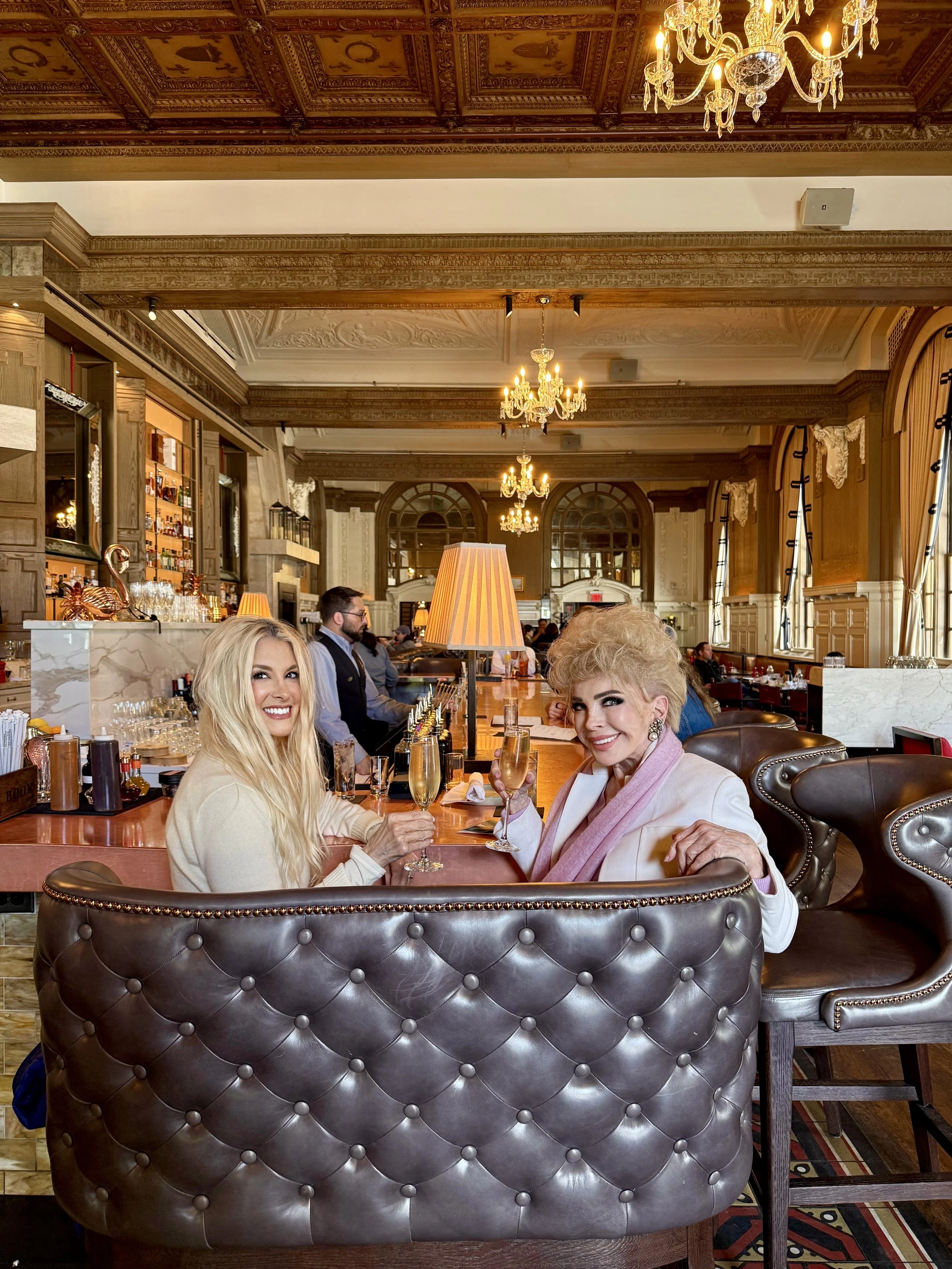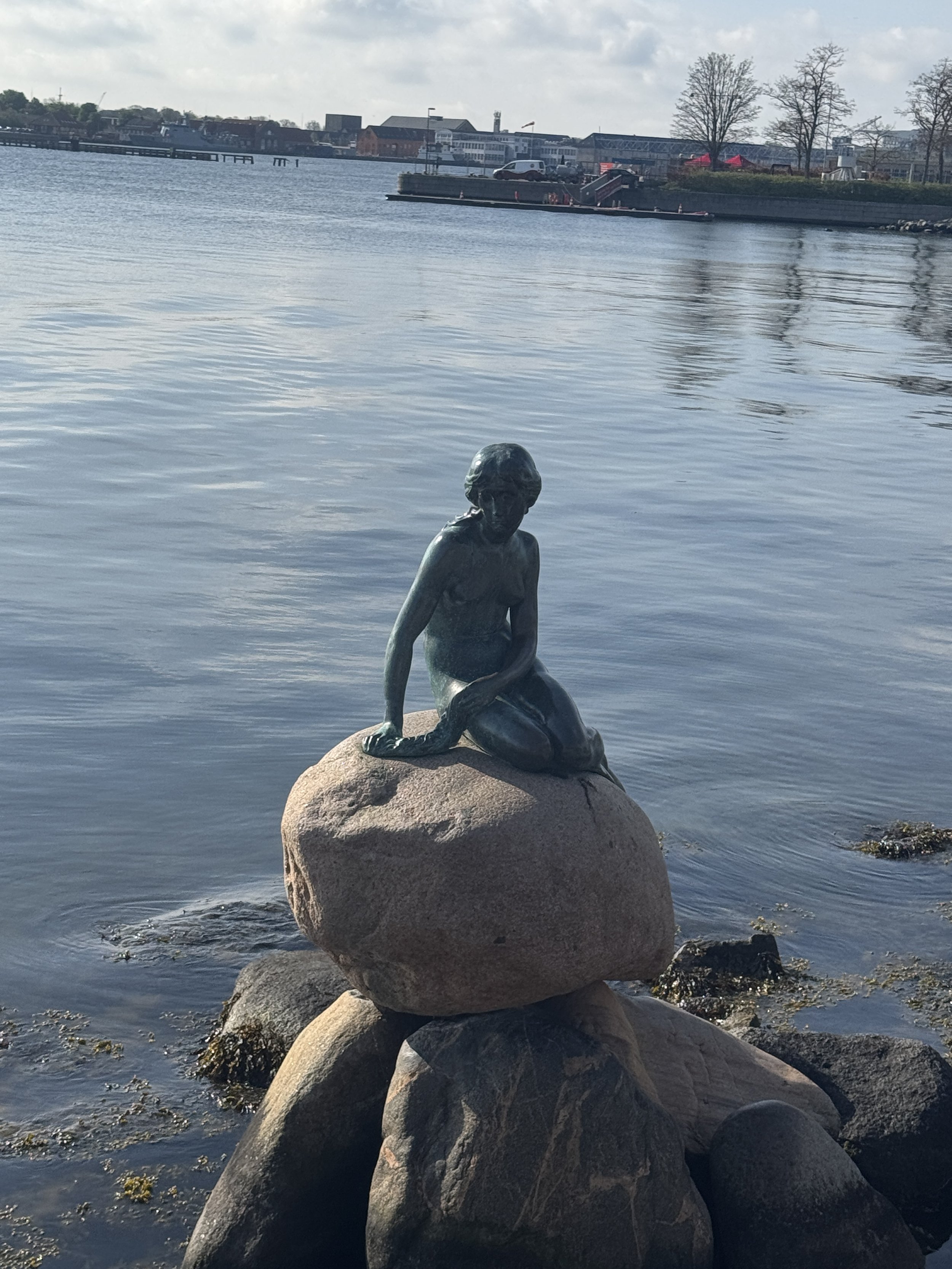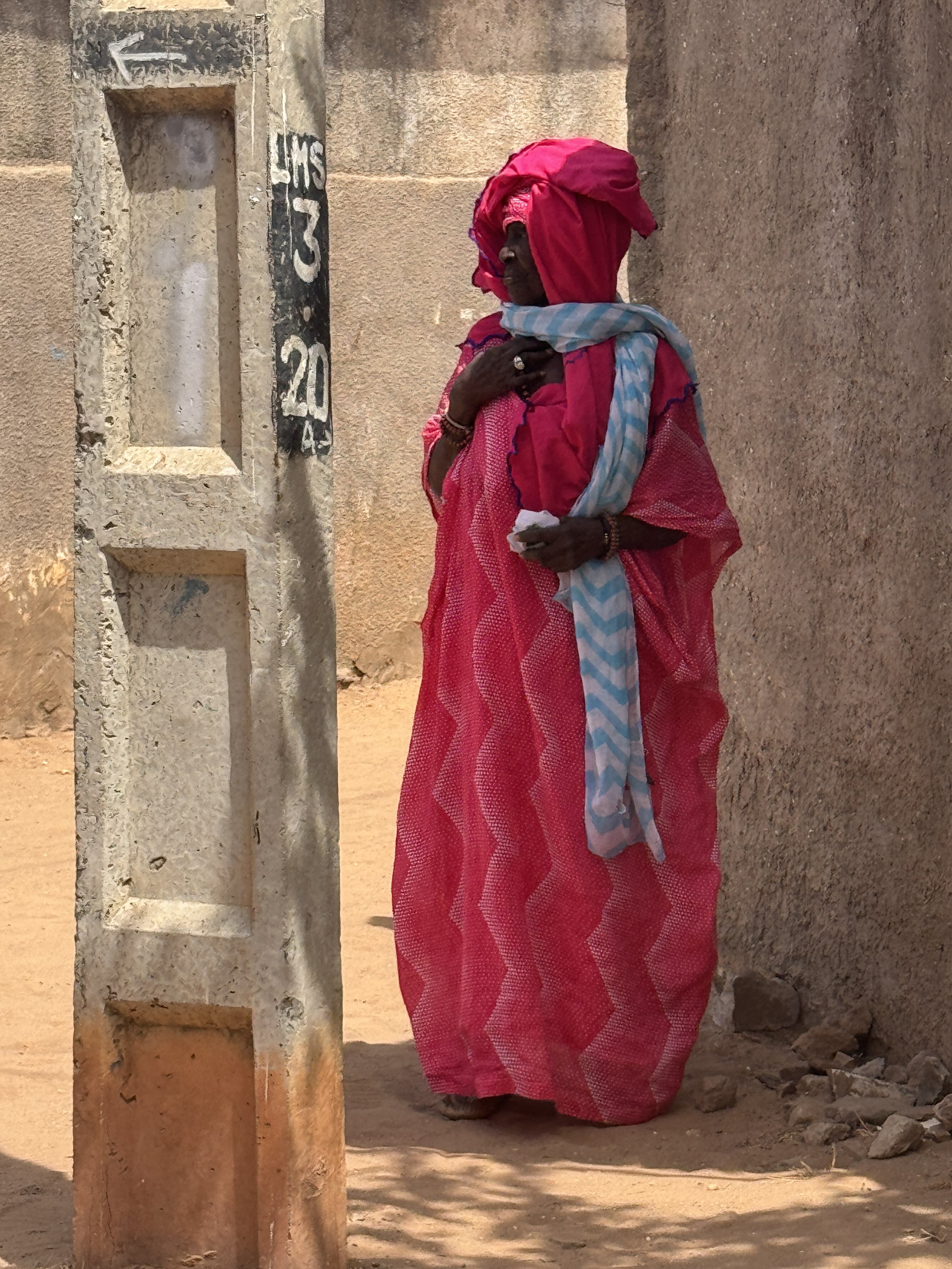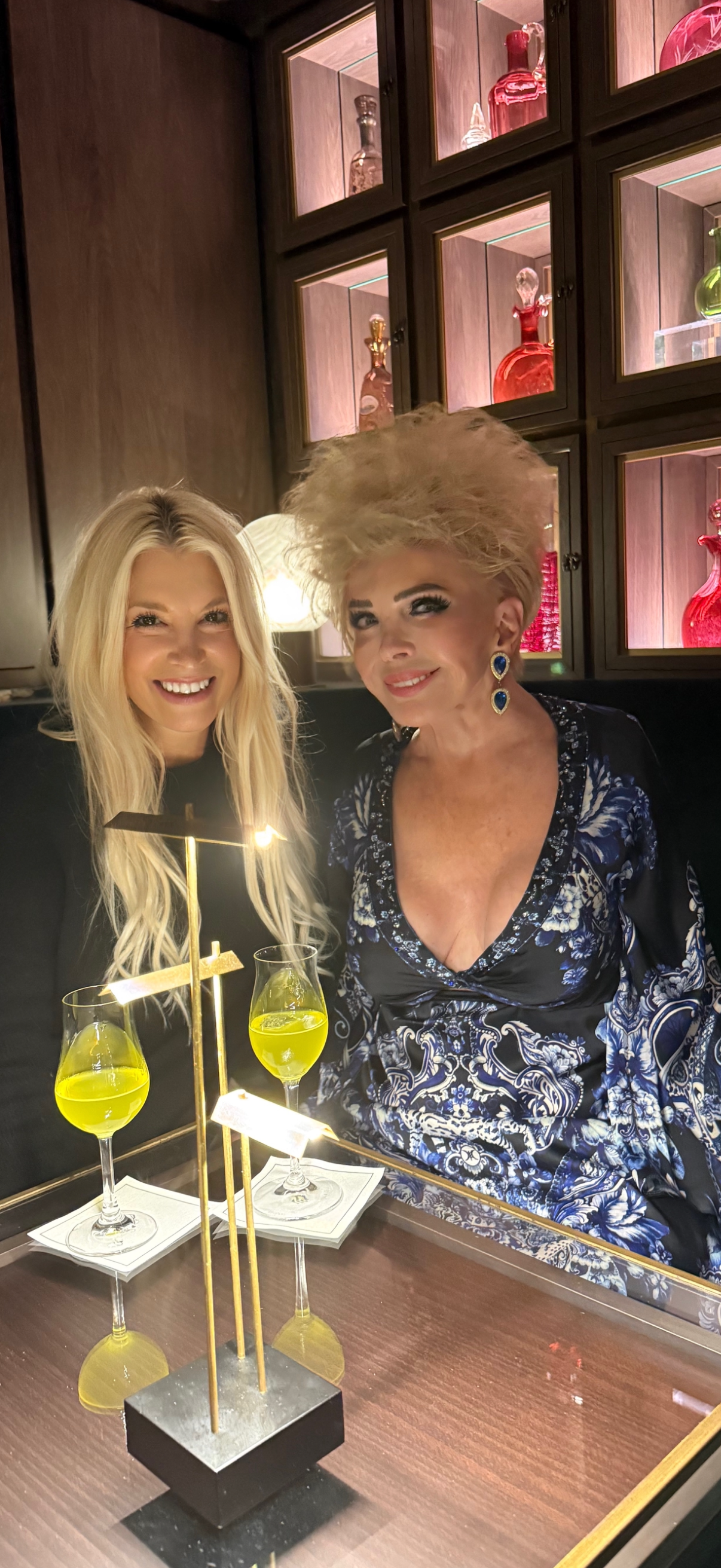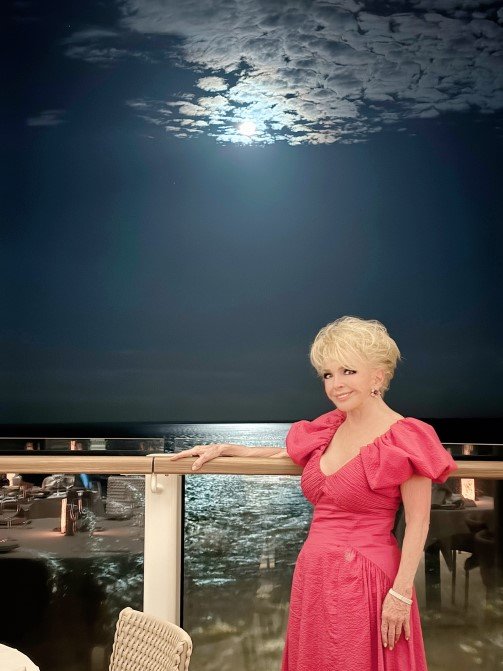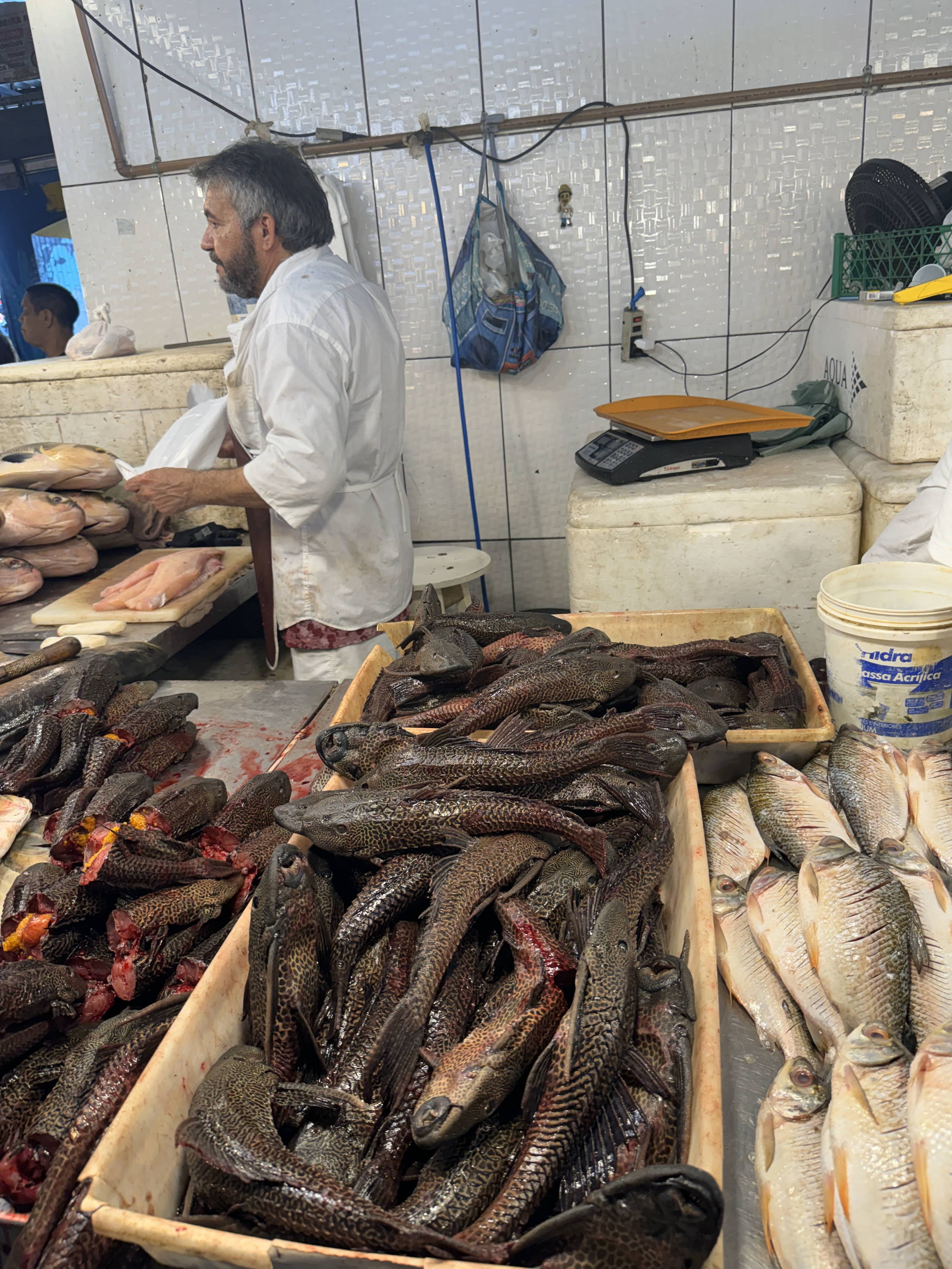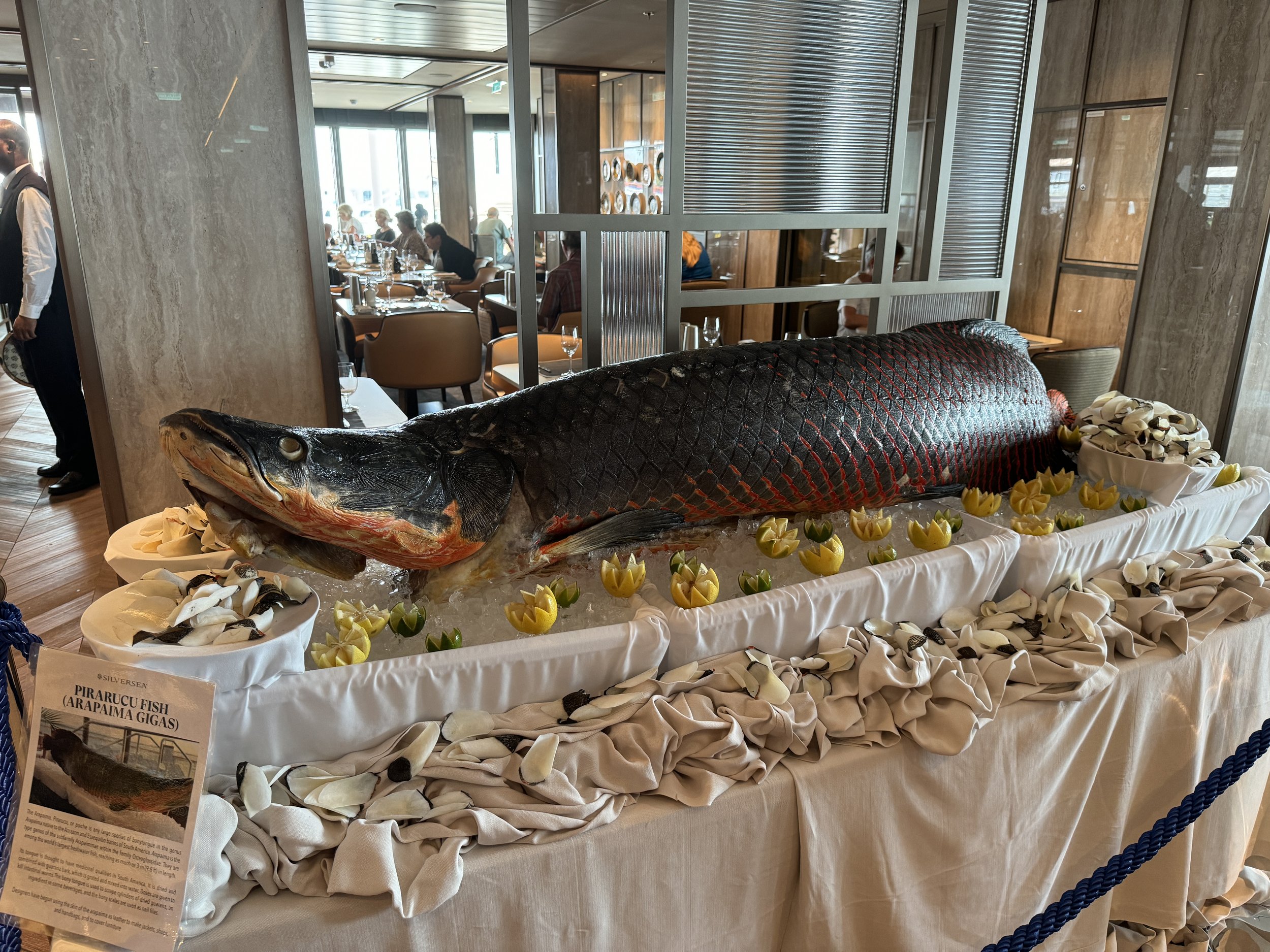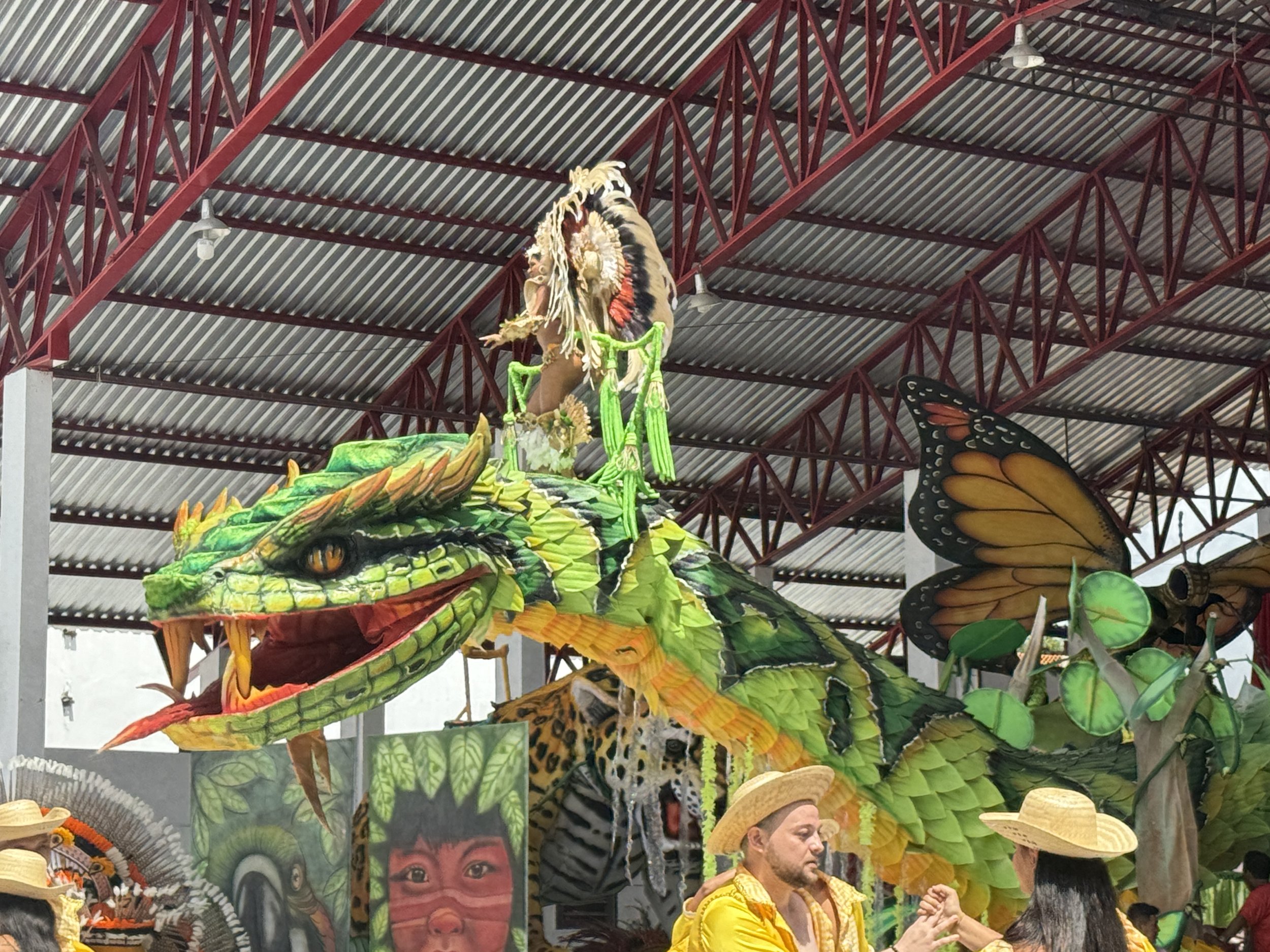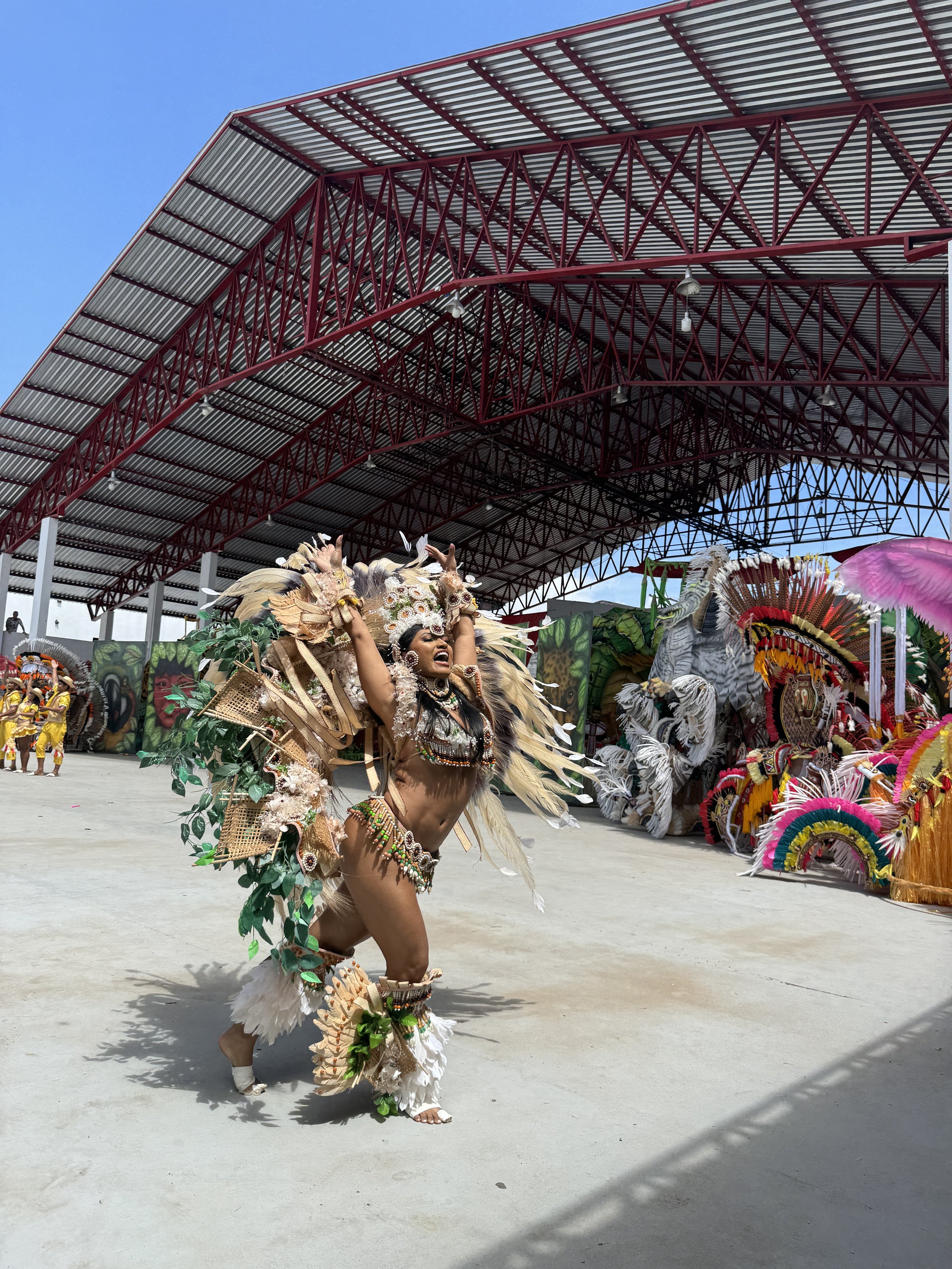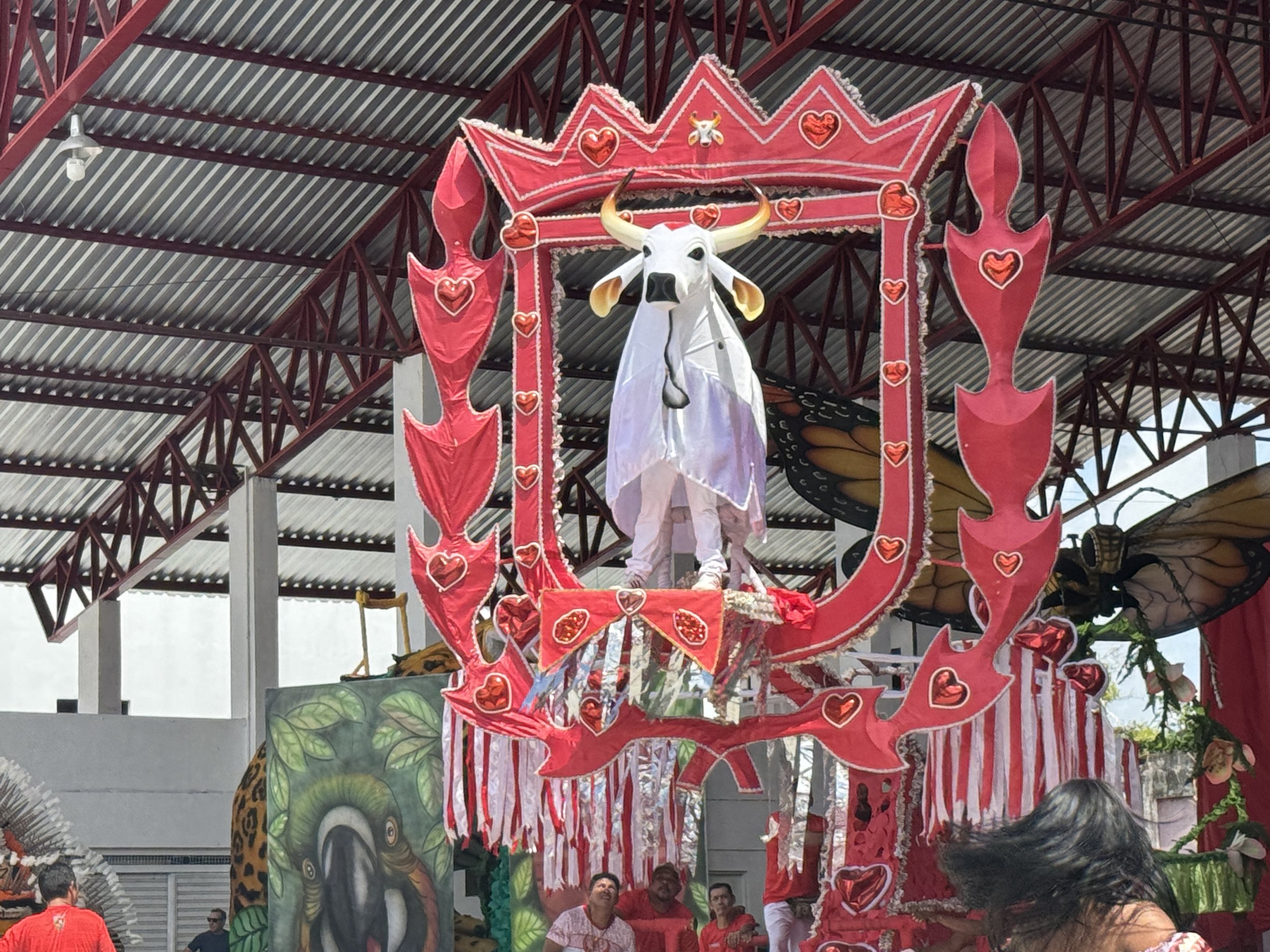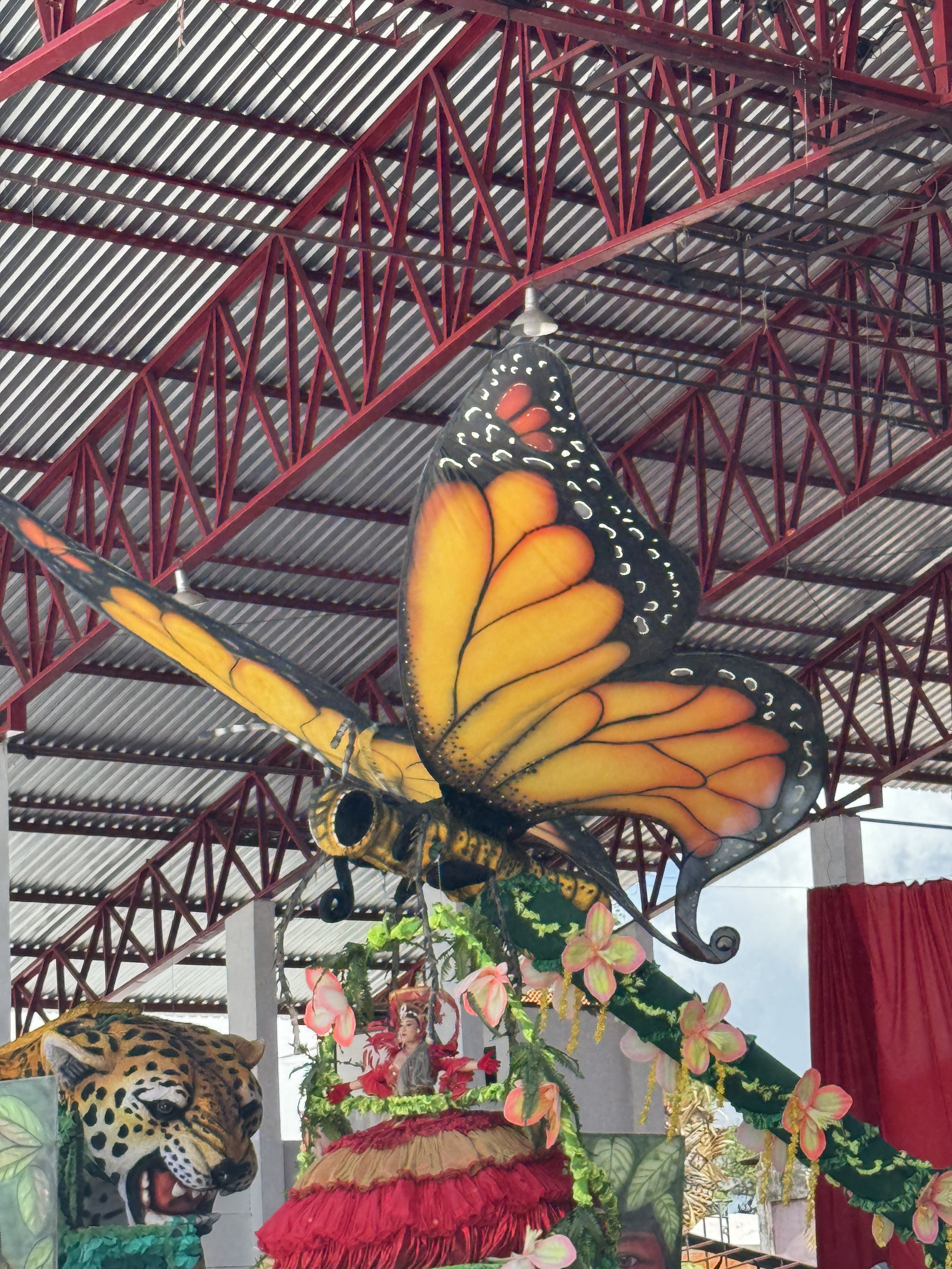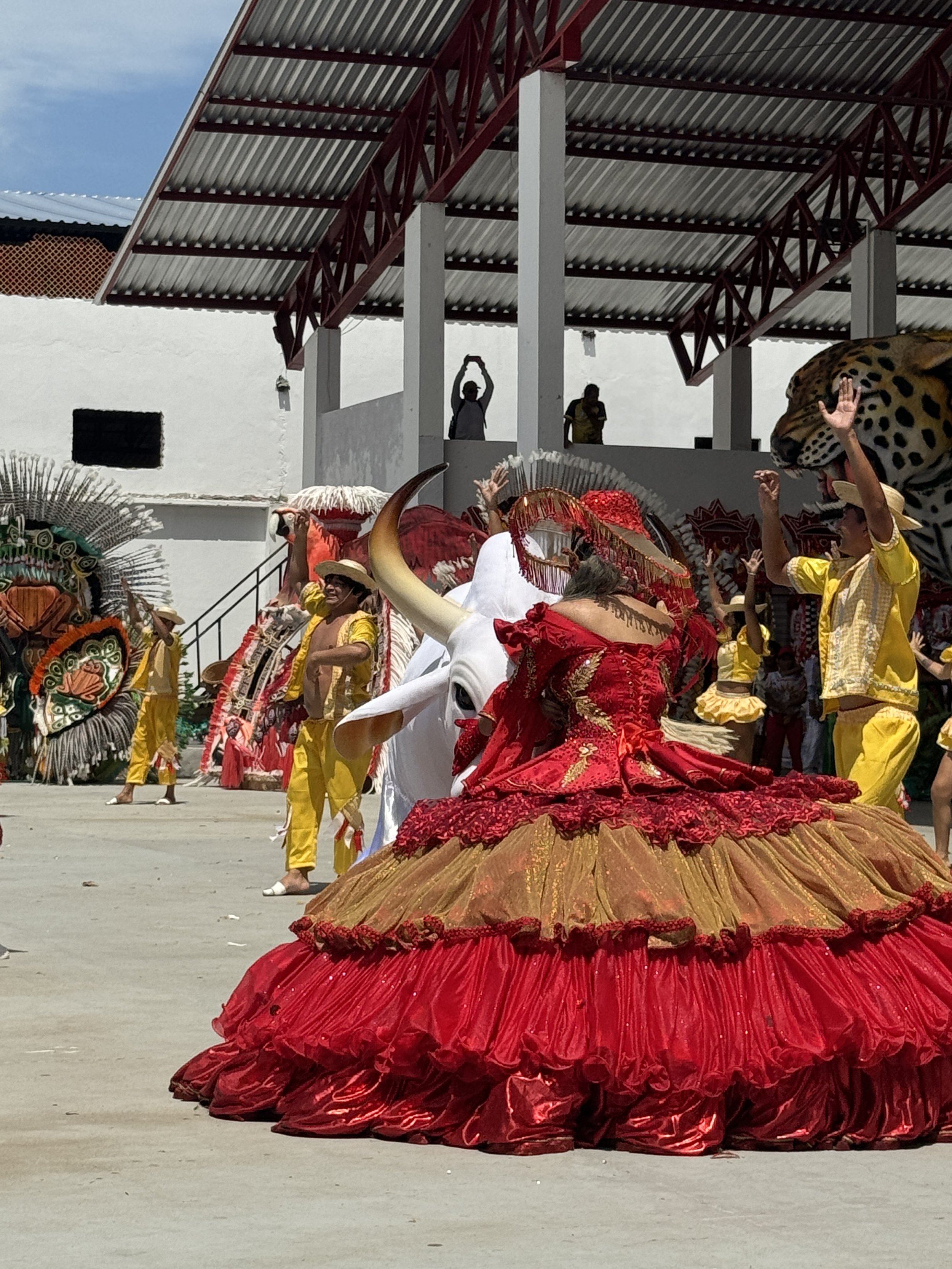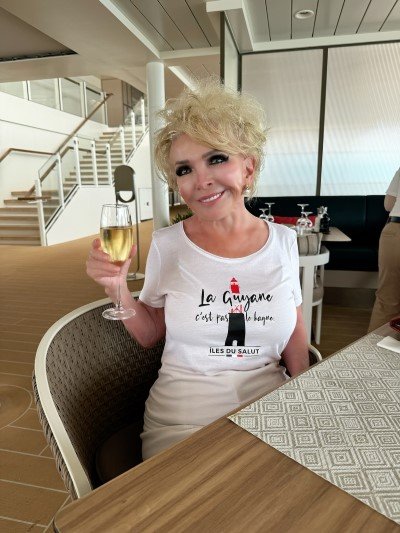The beauty of traveling with friends who are curious is in exploring far flung Ports of Call.
As the ship approached, Nuuk, Greenland was framed by striking fjords and backed by snow-dusted peaks.
Who knew we would find a gourmet restaurant in this tiny capital city.
Sarfalik in the Hotel Hans Egede should have a Michelin Star!
It was a unique culinary experience that blended traditional Greenlandic dishes – whale skin with blubber, musk ox, reindeer meat – with local fresh seafood like halibut, cod and shrimp. Plus the service was first class fabulous and the staff could not have been friendlier.
We experienced more Greenlandic hospitality the next day when we visited with a local family. We were served coffee, tea and homemade cakes warm from the oven while our hostess, a former teacher, shared stories of Greenland and its ancient Inuit traditions. To add even more fascination a local musician played guitar and serenaded us. Music is truly the universal language!
Then we were on to St. John’s, Newfoundland, one of North Americans oldest and most historically engaging places.
From being greeted by my favorite canines – two beautiful black Newfoundland dogs – to exploring its historic landmarks like Signal Hill where Guglielmo Marconi received the first transatlantic wireless signal in 1901 to its bustling George Street nightlife, the city blends tradition and modern.
Not to be missed is a cruise out to Puffin Island.
Newfoundland is the seabird capital of North America with a population of 35 million comprised of gannets, puffins, stormpetrels and razonbills. The island has the largest colony of colorful puffins you will ever see. Don’t miss their antics and the babies in the nest. A joy to behold.
Halifax, Nova Scotia is full of ocean-faring history.
As the closest city to the sinking of the Titanic, recovered victims were transported to – and many were buried – in Halifax. The story, and items from the doomed vessel, are displayed in the museum’s collection.
Peggy’s Cove lighthouse is nearby, and this immaculate little lighthouse is one of Canada’s favorites , watching out over the atlantic’s waves.
Don’t stop there! Visit Lunenburg which was founded in 1753 and declared a UNESCO World Heritage site in 1995.
Next drive to Mahone Bay, a town famous for its iconic three churches where you can peruse the many antique stores, local bakeries, or craft shops.
Whether you want to savour the salt air and atmosphere in one of the cafes, buy souvenirs, or just mosey along viewing the impressive sites and taking pictures, the choices are limitless.
It felt so appropriate to close out the World Cruise in Boston, one of the oldest cities in the United States, and the birthplace of our Revolutionary War.
Walk the Freedom Trail – visit Old North Church – Copley Square – stand in Harvard Yard to glimpse the beautiful grounds and the ivy covered brick buildings of one of our finest Universities.
On our last day of sightseeing we relived the history of New England towns that preserve the heritage and dignity of the country’s beginnings with visits
to Lexington, Concord and North Bridge. As writers we loved spending time in the home of Louisa May Alcott, Author of the beloved Little Women.
That evening we were invited for one magical final movement as our Controtempo journey reached its crescendo in the illustrious Boston Symphony Hall
We began the evening with a sumptuous dinner as we toasted to friendships made and discoveries enjoyed. Then, under the baton of legendary conductor Keith Lockhard, the renowned Boston Pops Orchestra performed a musical odyssey curated exclusively for us, stirring the memories of our time together on this incredible voyage that echoed in our hearts and minds long after we returned home.
“Music gives a soul to the universe, wings to the mind, flight to the imagination”…Plato
